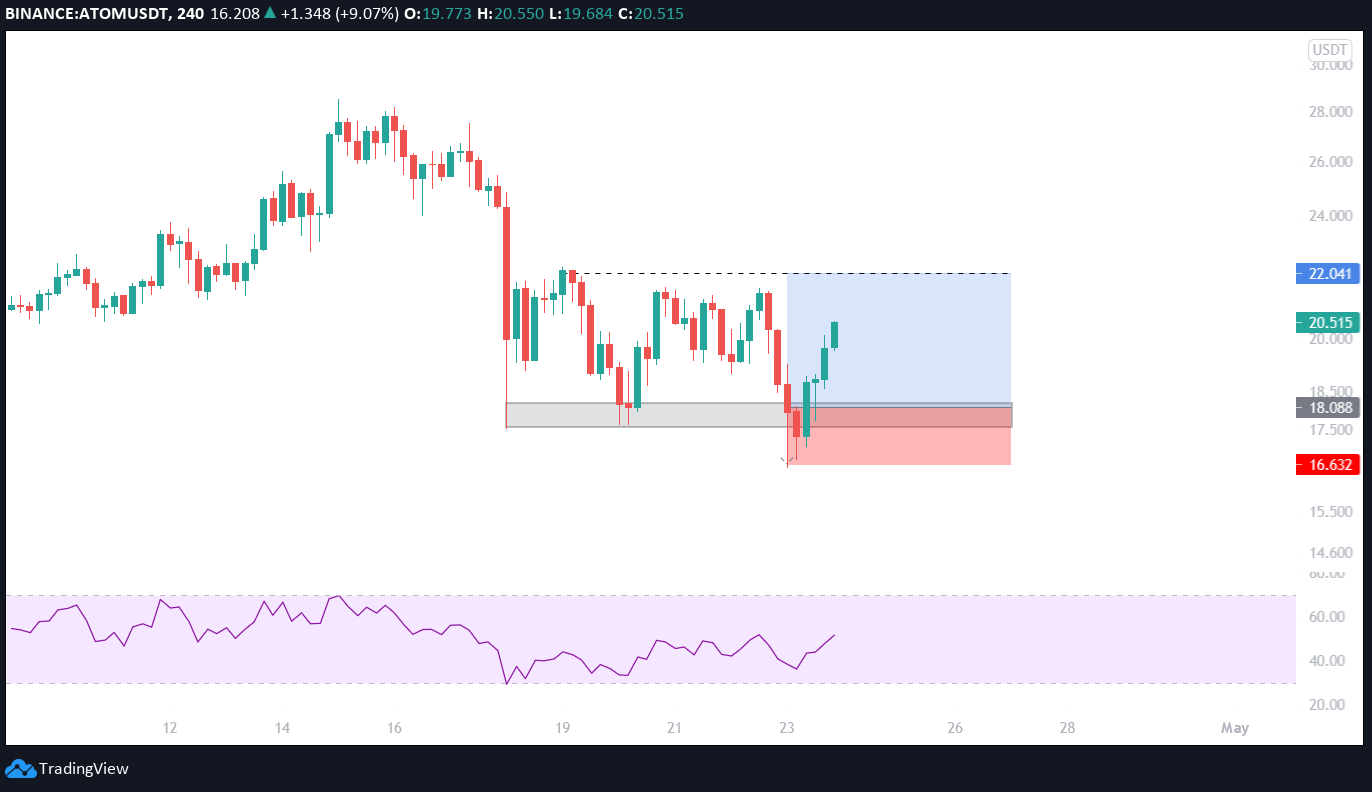Now let’s take a look at some of the most common errors traders make setting up stop-losses. When setting up a stop-loss, you need to make sure it’s set up at the point of invalidation — where it’s proven that your trade idea is wrong. If it’s set up higher than that point, your position might get closed when the price creeps near the point of invalidation before realizing the gains you predicted. If the stop-loss is set up lower than the point of invalidation, you might record an additional amount of losses you could’ve avoided by setting up your stop-loss exactly where the price confirms you were wrong. The key here is to set up the stop-loss at such a point to allow daily price fluctuations but limit the losses as much as possible.

The next mistake is moving your stop-loss to your entry point as soon as possible. While the price might reach your goal, it could bounce down below your entry point and back up after that, causing you to sell prematurely for no reason.
Of course, there are times when it makes sense to move your stop loss and never moving it is also a mistake. When the price is moving close to the target price or there’s no real reason for the price to go back down and the technical analysis confirms it or the point of invalidation shifts, it is wise to move your stop-loss to guarantee a good risk/reward ratio.
Never place your stop-loss based on some arbitrary number or percentage below your entry point. While it may sound reasonable to pick a specific amount of risk you’re willing to take, the stop-loss should always be determined based on technical analysis of the market.
Lastly, you should always determine the stop-losses before entering the trade. When you’re already in, you’ll likely make emotional decisions and screw up you stop-losses, either by setting them too low, convincing yourself that you don’t have to take a loss yet or setting them too high from the influence of price going down without actually invalidating your trade idea.
To sum it up, always use a stop-loss so that you don’t risk too much, place it on the point of invalidation of your trading idea and move it once the invalidation point shifts. I hope this has been helpful and stay tuned for the next crypto lesson!













